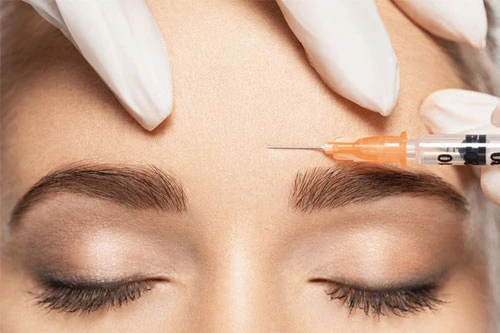Botox, the popular beauty treatment that promises to smooth wrinkles and restore a youthful look, continues to rise in popularity. But with popularity comes many questions and misconceptions. In this article, we address the top questions about Botox guided by expert insights and debunk some common myths.
Who is a good candidate for Botox?
Contrary to popular belief, Botox isn’t just for celebrities or the rich and famous. It’s for anyone who wants to reduce the appearance of wrinkles and fine lines. However, the decision to get Botox should be made with a healthcare professional, who can assess your health and the condition of your skin to ensure it’s the right treatment for you.
Dr. Jane Smith, a renowned dermatologist, explains, “Botox is ideal for patients who have dynamic wrinkles, or wrinkles that form as a result of facial movements like frowning, squinting, smiling, etc. It’s also suitable for people looking for preventative measures.”
How long does Botox last?
The effects of Botox aren’t permanent. On average, the wrinkle-reducing effect of Botox lasts between three to four months. However, this can vary based on several factors such as age, skin condition, lifestyle habits, and the specific facial area treated. Regular follow-up treatments can help maintain the effects.
How much does Botox typically cost in the UK?
The cost of Botox in the UK can vary greatly depending on several factors, including the area of treatment, the practitioner’s experience, and the geographic location. On average, the cost of Botox treatments can range anywhere from £150 to £350 per session.
Common Misconceptions About Botox
Myth 1: Botox is only for wrinkles
Botox is widely known for its ability to smooth wrinkles, but its use isn’t limited to cosmetic enhancement. It’s also used for medical conditions such as excessive sweating, migraines, and certain muscle disorders.
Myth 2: Botox is permanent
As we’ve mentioned, Botox results are temporary, typically lasting three to four months.
Myth 3: Botox is only for women
While women make up a large percentage of Botox users, an increasing number of men are also turning to Botox to help them maintain a youthful appearance.
Myth 4: Botox is unsafe
When administered by a trained professional, Botox is considered safe. It’s approved by the U.S. Food and Drug Administration (FDA) and the UK Medicines and Healthcare Products Regulatory Agency (MHRA).
Expert Quotes and Insights
“Botox, when used correctly, not only helps in reducing wrinkles but can also prevent new ones from forming,” says Dr. Jane Smith, a dermatologist with over 20 years of experience.
John, a patient who has had Botox, shares, “I was initially hesitant about Botox, but seeing the results, I can say that it has boosted my confidence. It’s important to have it done by a professional to ensure safety.”
Dr. Michael Adams, a cosmetic surgeon, adds, “Botox has been around for decades. Its safety and effectiveness are well-documented, provided it’s administered by a trained professional.”
Conclusion
Botox can be an effective solution for people looking to reduce the appearance of wrinkles and fine lines. However, like any treatment, it’s essential to consult with a healthcare professional to understand if it’s right for you. Don’t let misconceptions influence your decision. Always seek personalized advice based on your health and skin condition.
FAQs
- Are there any side effects of Botox?
Like any treatment, Botox can have side effects, although they are generally rare and mild when the procedure is performed by a qualified professional. They might include bruising, swelling, or redness at the injection site. In rare cases, Botox can cause more serious side effects like difficulty swallowing, speaking, or breathing. Always discuss potential side effects with your healthcare provider.
- How soon can I see results after getting Botox?
Results from Botox are not immediate. They typically start to appear within a few days after the treatment, with full results visible in about one to two weeks.



